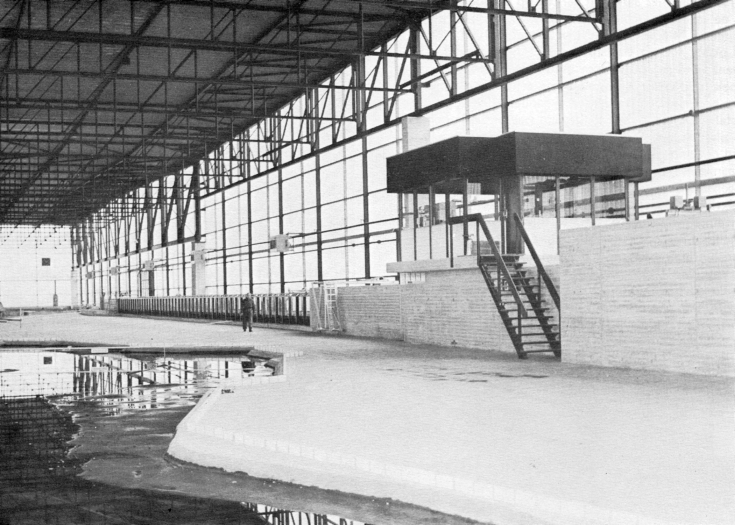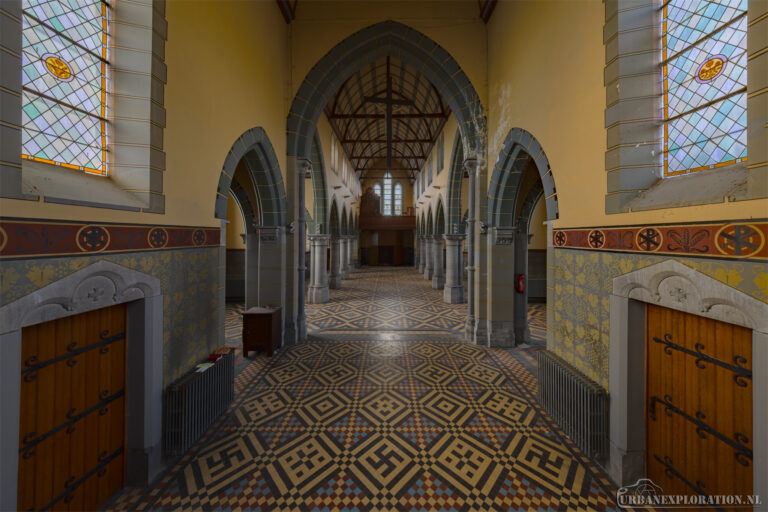Waterloop kundig laboratorium - The Netherlands
Deep in the green heart of the Noordoostpolder, hidden among the trees of the Voorsterbos, lies a unique place where science, engineering, and nature meet: the Hydraulic Research Laboratory De Voorst. Today, it is a remarkable nature reserve for walkers, but it was once an internationally renowned testing ground for Dutch hydraulic engineering.
In 1951, far from the bustle of Delft, a branch of the Delft Hydraulic Laboratory was established here. The location was carefully chosen: the firm boulder clay soil and the natural difference in elevation made it possible to let water flow through scale models without using pumps. This provided engineers with ideal conditions to test, at scale, how harbors, rivers, sluices, and sea defenses would respond to the forces of water and tides.
Over several decades, more than 200 physical models were built in this open-air laboratory. These included not only Dutch projects like the Delta Works, but also international harbors such as those in Lagos, Bangkok, and Istanbul. Engineers, scientists, and students worked side by side to develop solutions for water management challenges around the world. The models, some stretching dozens of meters were laid out like miniature landscapes in the forest, connected by a clever system of channels, sluices, and locks.
But with the rise of computer modeling in the 1980s, everything changed. Simulations became faster and more cost-effective, and physical modeling lost its prominence. In 1996, the laboratory officially closed. The models were left behind, gradually overtaken by greenery and accompanied only by the rustle of leaves instead of flowing water.
Yet this extraordinary place was given a second life. In 2002, the site was transferred to the Dutch nature conservation organization Natuurmonumenten and renamed the Waterloopbos. Today, visitors can wander through the quiet remains of an era in which the Netherlands solidified its global reputation as a leader in water management. Concrete structures rise from between ferns and moss, old sluices lie dry, but their shapes still betray their original purpose

- Visited - August 2005
- Defunct - 1996
- Status - Demolished
- Country - The Netherlands























































